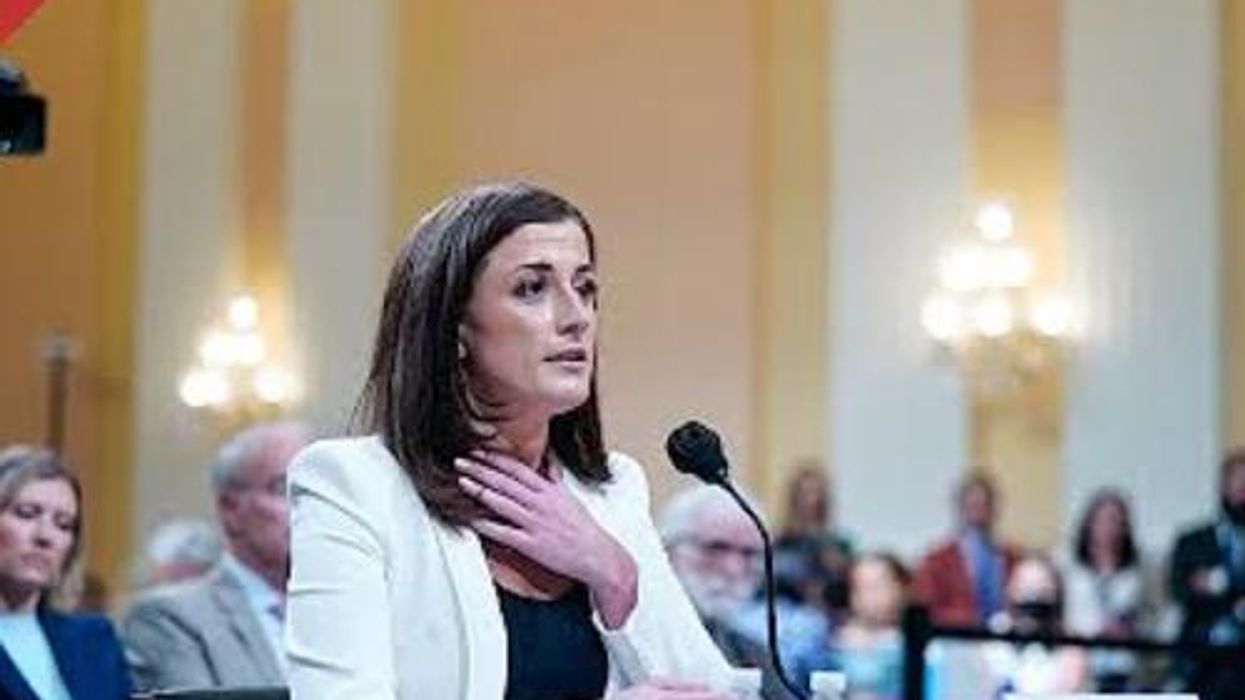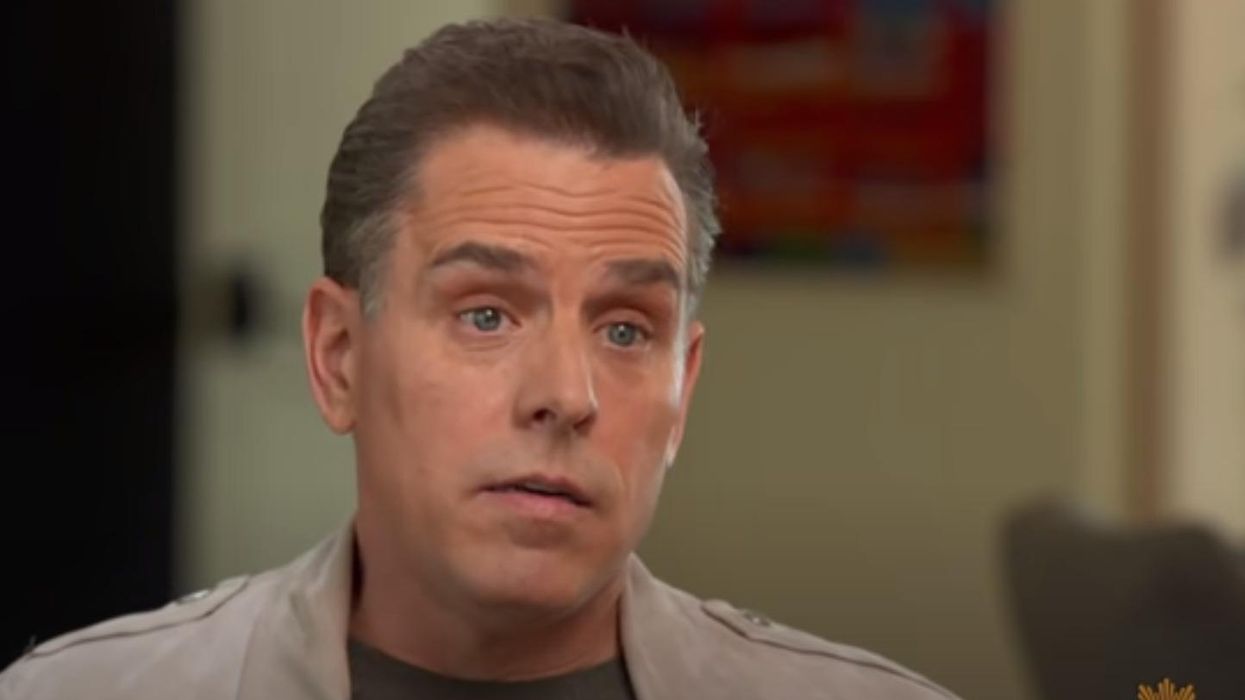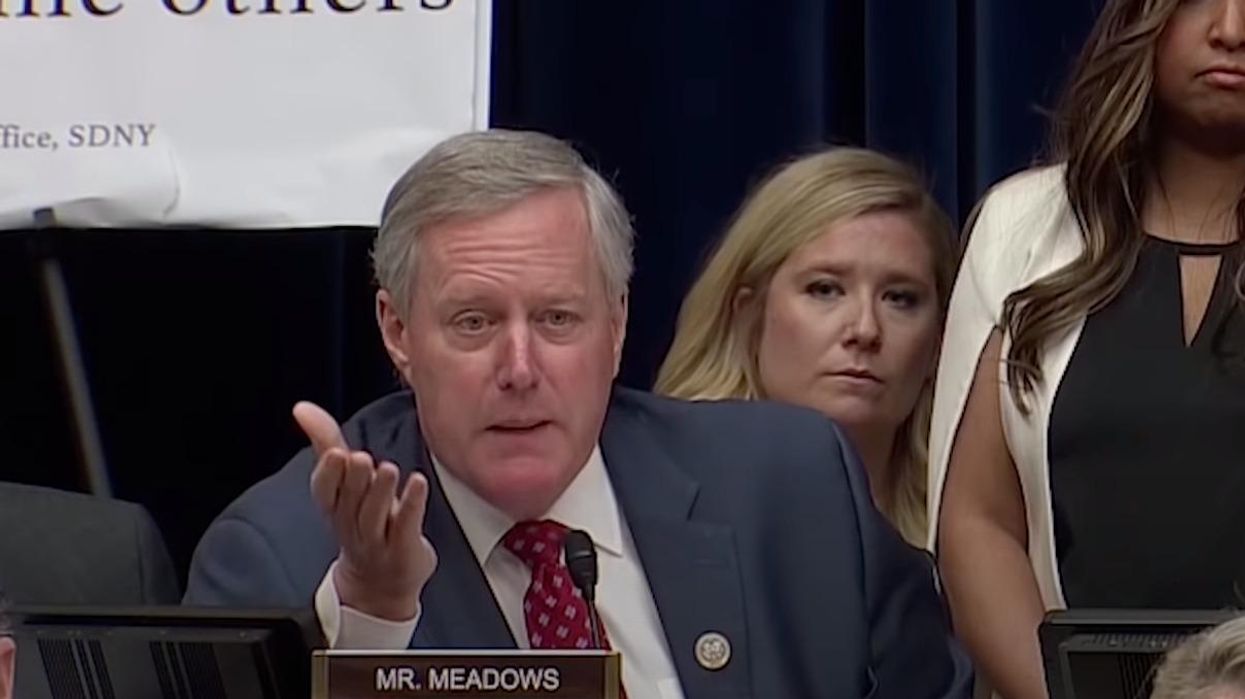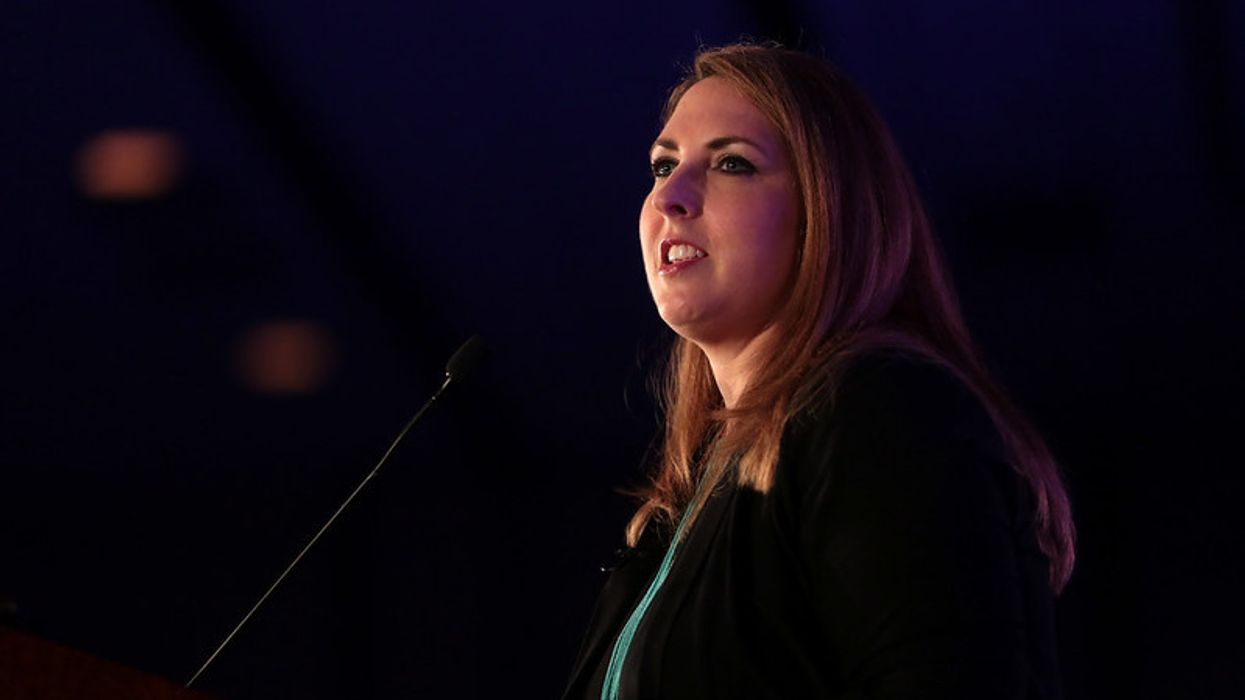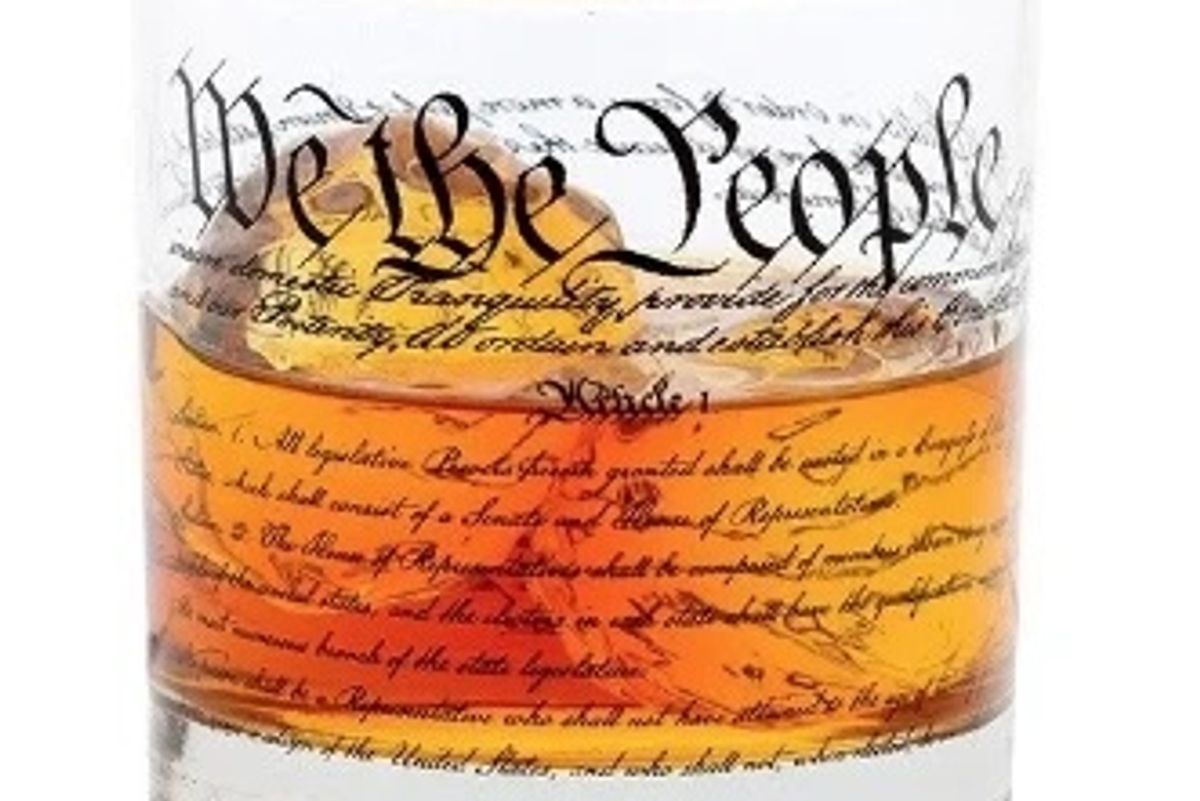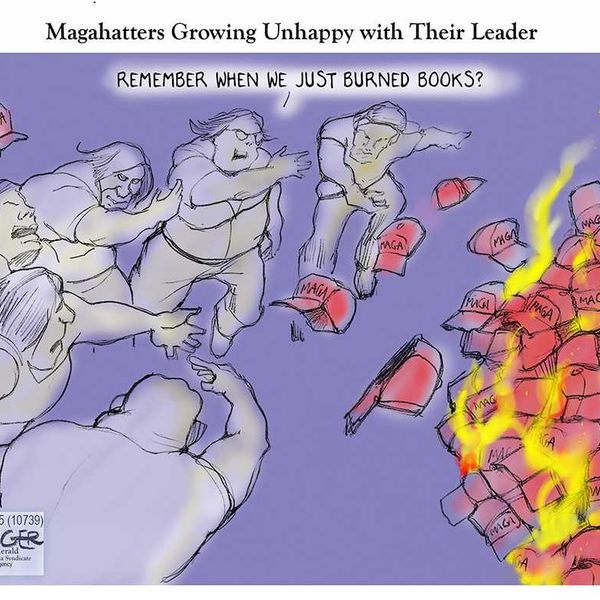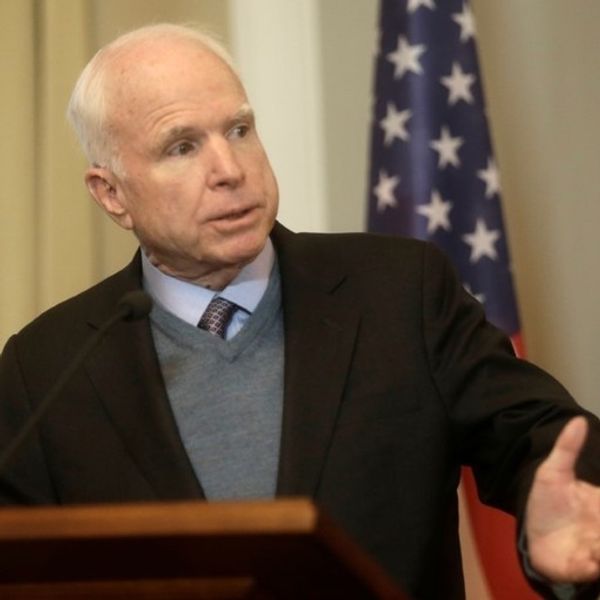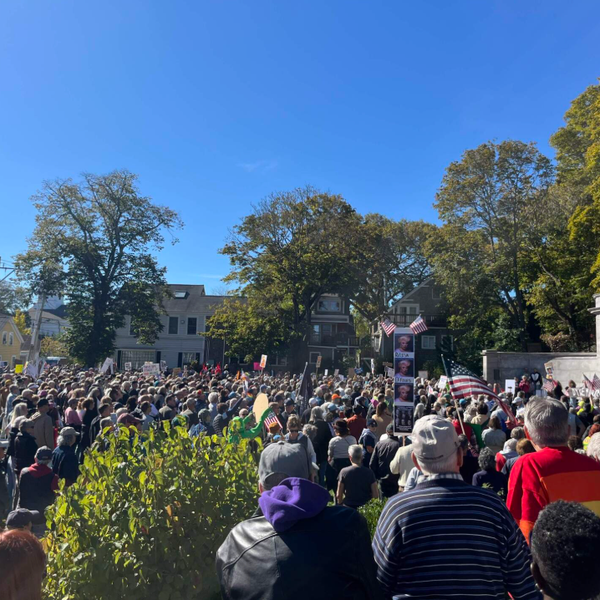'Less Than Credible' GOP Witness Hits Hutchinson With $10M Libel Lawsuit
Former President Donald Trump's ex-White House aide Cassidy Hutchinson on Monday was sued by House Republican "star witness" Tony Bobulinksi for defamation, according to The Daily Beast.
Bobulinski — who's an ex-business partner of Hunter Biden's turned GOP impeachment witness — sued Hutchinson over allegations she included in her September memoir, Enough, saying that Bobulinski was "involved with some sort of shady business dealing."
The GOP witness' filing, according to the report, "contends he is being treated unfairly '[b]ecause [he] did not pledge blind loyalty to the Democrat Party and to the Biden family."
The Beast notes during "a Feb. 28 deposition by the House Oversight Committee, Hunter Biden said, 'Tony is a bitter, bitter man that did not get in on a deal that he wanted to get in on, because I thought that he was both incompetent and an idiot."
Highlighted in Bobulinski’s defamation claim are details of "a 2020 Trump campaign rally in Rome, Georgia, in which former White House Chief of Staff Mark Meadows handed 'a folded sheet of paper or a small envelope' to Bobulinski while Bobulinksi was wearing what Hutchinson called a 'ski mask.'"
According to her book, the report notes, "Hutchinson observed the two men huddling, with Bobulinski covering his face with a ski mask, 'through a gap in the vehicles,' she wrote. Meadows had asked Hutchinson to locate Bobulinski, then 'work with [the] Secret Service to find a hidden spot.'"
The Beast reports:
According to Bobulinski’s lawsuit, nothing 'nefarious' was going on, and the face-to-face was simply 'an exchange of pleasantries.' It says Bobulinski had become the target of death threats, and that Meadows 'asked to meet with him for the sole purpose of checking on his and his family’s health and safety due to the ongoing threats against them.'
Bobulinski insists in the suit that, under oath last month before the Jan. 6 Committee, he 'unequivocally rejected' the notion he was wearing a ski mask during the meeting with Meadows. He further complains about being mocked on social media about the mask, embedding a photo of himself in his dress whites, 'an actual photo of Plaintiff, a decorated Navy veteran,” to distinguish himself from a meme-ified cartoon showing a masked man smoking a cigarette.
The news outlet also notes, "in describing Hutchinson as a liar, Bobulinski cites a trio of far-right conspiracy theorists, one of whom was banned from Twitterand Facebook for spreading falsehoods about the 2020 election, as 'proof' of his assertions."
Rep. Jamie Raskin (D-MD) sent a February 12 letter to House Oversight Committee Chairman Rep. James Comer (R-KY), saying Bobulinski "is a less-than-credible witness whose 'mysterious ties to the Trump campaign, his refusal to engage with the Committee’s Democratic staff, and his problematic personal finances, raise significant concerns about his truthfulness, credibility, and motivations.'
Reprinted with permission from Alternet

